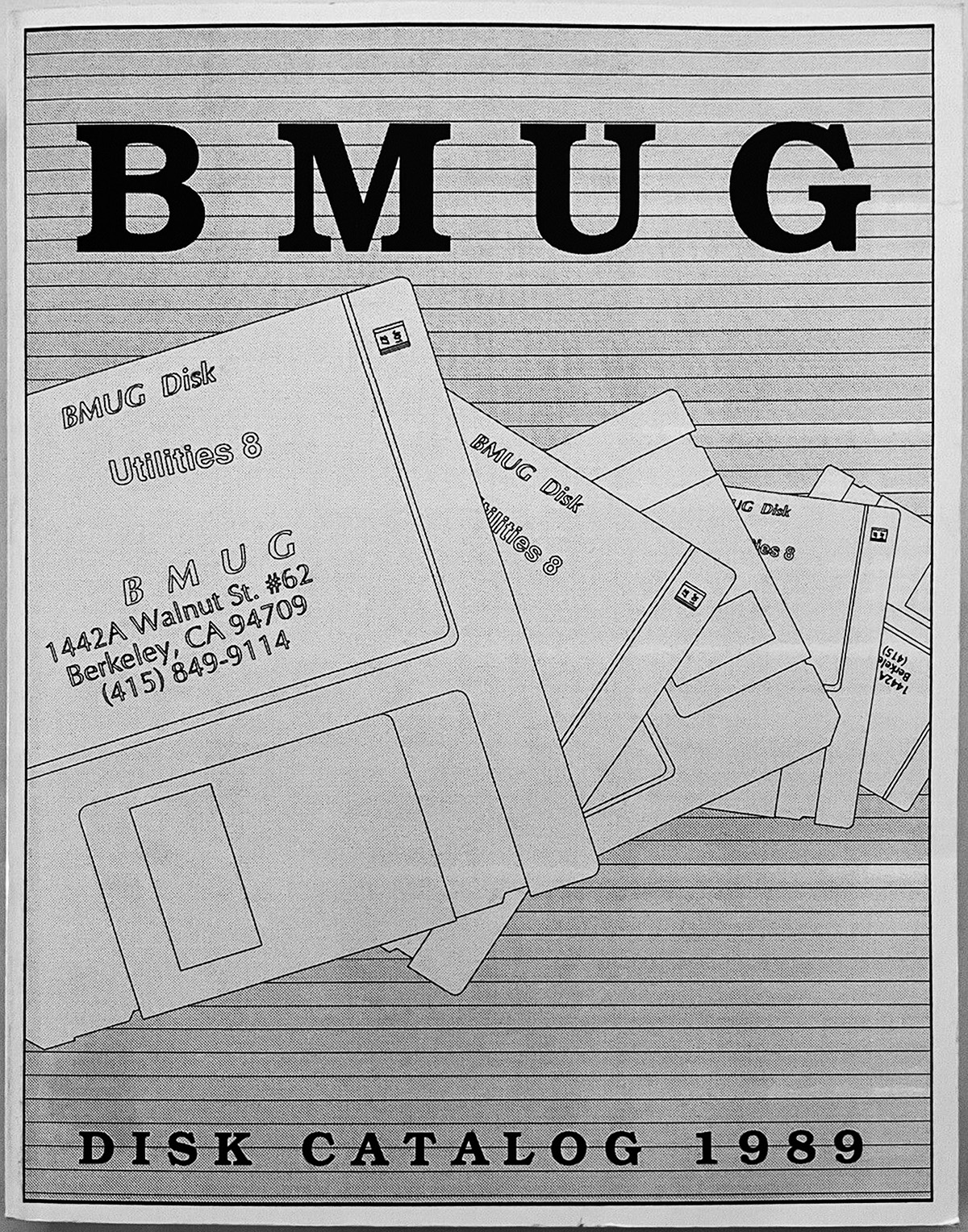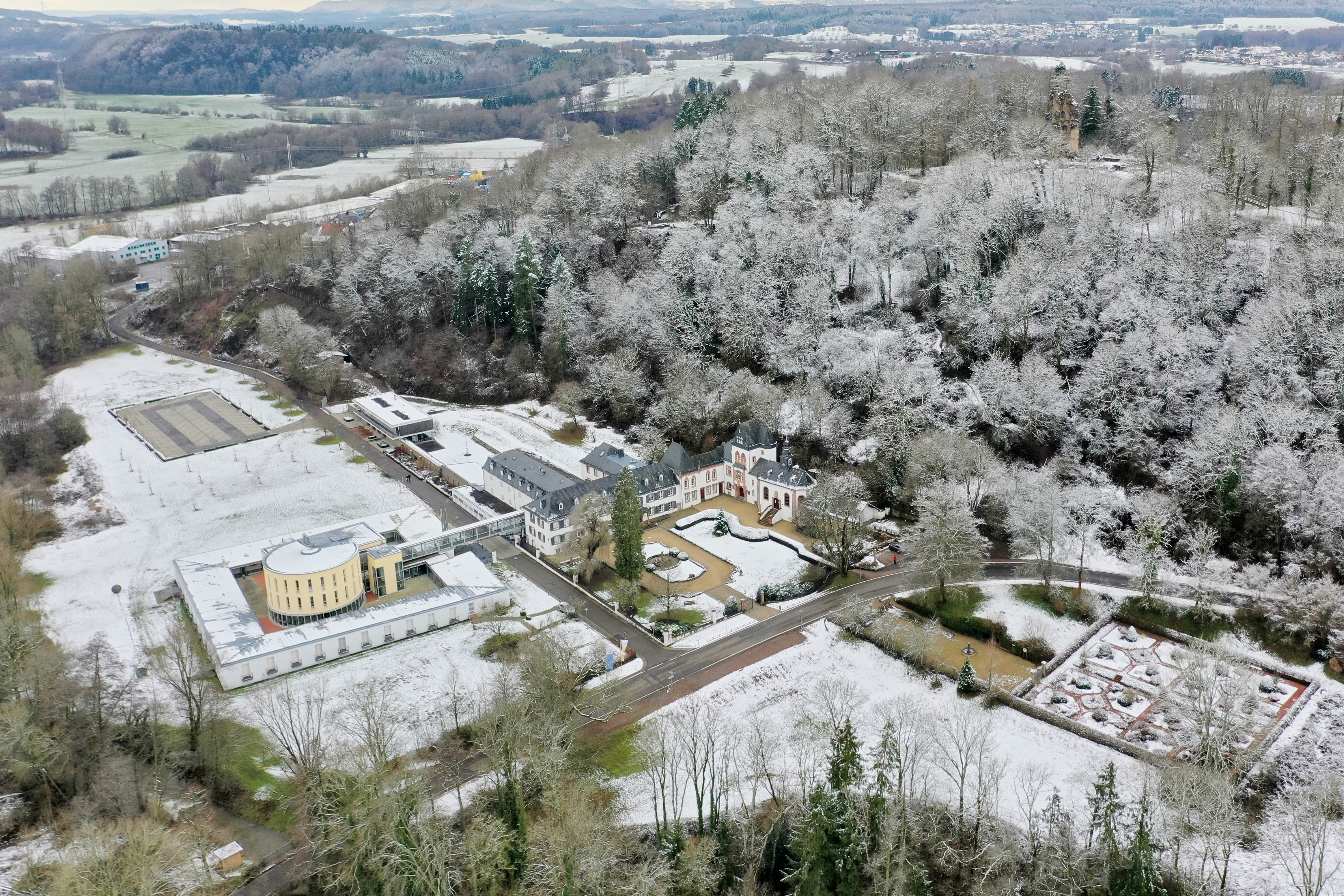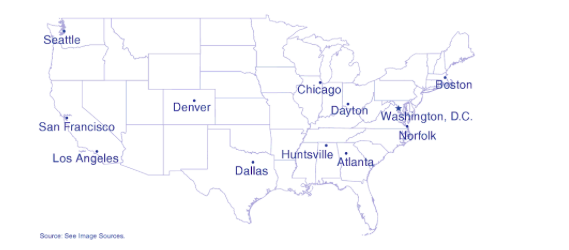|
Internet Infrastructure
__NOTOC__ Critical Internet infrastructure is a collective term for all hardware and software systems that constitute essential components in the operation of the Internet. Background Several studies and events have helped to define the scope of critical Internet infrastructure. In August 2013, Internet infrastructure experts including Yuval Shavitt, Bill Woodcock, Rossella Mattioli, Thomas Haeberlen, Ethan Katz-Bassett and Roland Dobbins convened for six days at Dagstuhl, Schloss Dagstuhl to refine the academic and policy understanding of critical Internet infrastructure, producing a number of papers in the process. In 2017, the Global Commission on the Stability of Cyberspace undertook a global survey of Internet infrastructure experts in order to assess the degree of consensus on what constituted critical Internet infrastructure, producing a ''Global Commission on the Stability of Cyberspace#Definition of the Public Core, to which the Norm Applies, Definition of the Public Core' ... [...More Info...] [...Related Items...] OR: [Wikipedia] [Google] [Baidu] |
Internet
The Internet (or internet) is the global system of interconnected computer networks that uses the Internet protocol suite (TCP/IP) to communicate between networks and devices. It is a '' network of networks'' that consists of private, public, academic, business, and government networks of local to global scope, linked by a broad array of electronic, wireless, and optical networking technologies. The Internet carries a vast range of information resources and services, such as the inter-linked hypertext documents and applications of the World Wide Web (WWW), electronic mail, telephony, and file sharing. The origins of the Internet date back to the development of packet switching and research commissioned by the United States Department of Defense in the 1960s to enable time-sharing of computers. The primary precursor network, the ARPANET, initially served as a backbone for interconnection of regional academic and military networks in the 1970s to enable resource shari ... [...More Info...] [...Related Items...] OR: [Wikipedia] [Google] [Baidu] |
Bill Woodcock
Bill Woodcock (born August 16, 1971 in San Francisco, California, United States) is the executive director of Packet Clearing House, the international organization responsible for providing operational support and security to critical Internet infrastructure, including Internet exchange points and the core of the domain name system; the chairman of the Foundation Council of Quad9; the president of WoodyNet; and the CEO of EcoTruc and EcoRace, companies developing electric vehicle technology for work and motorsport. Bill founded one of the earliest Internet service providers, and is best known for his 1989 development of the anycast routing technique that is now ubiquitous in Internet content distribution networks and the domain name system. Activities Early electronic prepress Woodcock entered the computer industry via the advent of desktop publishing. He was doing prepress work for the University of California Press when the Macintosh computer was released in 1984, and he ... [...More Info...] [...Related Items...] OR: [Wikipedia] [Google] [Baidu] |
Dagstuhl
Dagstuhl is a computer science research center in Germany, located in and named after a district of the town of Wadern, Merzig-Wadern, Saarland. Location Following the model of the mathematical center at Oberwolfach, the center is installed in a very remote and relaxed location in the countryside. The Leibniz Center is located in a historic country house, Schloss Dagstuhl (Dagstuhl Castle), together with modern purpose-built buildings connected by an enclosed footbridge. The ruins of the 13th-century Dagstuhl Castle are nearby, a short walk up a hill from the Schloss. History The Leibniz-Zentrum für Informatik (LZI, ''Leibniz Center for Informatics'') was established at Dagstuhl in 1990. In 1993, the over 200-year-old building received a modern extension with other guest rooms, conference rooms and a library. The center is managed as a non-profit organization, and financed by national funds. It receives scientific support by a variety of German and foreign research institutio ... [...More Info...] [...Related Items...] OR: [Wikipedia] [Google] [Baidu] |
Global Commission On The Stability Of Cyberspace
The Global Commission on the Stability of Cyberspace was a multistakeholder Internet governance organization, dedicated to the creation of diplomatic norms of governmental non-aggression in cyberspace. It operated for three years, from 2017 through 2019, and produced the diplomatic norm for which it was chartered and seven others. Origins Together with the Global Forum on Cyber Expertise, the GCSC was a product of the 2015-2017 Dutch chairmanship of the London Process, and particularly the work of Wouter Jurgens who, as head of the cyber security department of the Dutch Ministry of Foreign Affairs, had responsibility for organizing the 4th Global Conference on CyberSpace ministerial, which was held in The Hague April 16–17 of 2015, and formalizing its outcomes. Jurgens had been working for several years on the topic of governmental non-aggression in cyberspace, in collaboration with Uri Rosenthal, Bill Woodcock, Olaf Kolkman, James Lewis, and others who would subsequentl ... [...More Info...] [...Related Items...] OR: [Wikipedia] [Google] [Baidu] |
OECD
The Organisation for Economic Co-operation and Development (OECD; french: Organisation de coopération et de développement économiques, ''OCDE'') is an intergovernmental organisation with 38 member countries, founded in 1961 to stimulate economic progress and world trade. It is a forum whose member countries describe themselves as committed to democracy and the market economy, providing a platform to compare policy experiences, seek answers to common problems, identify good practices, and coordinate domestic and international policies of its members. The majority of OECD members are high-income economies with a very high Human Development Index (HDI), and are regarded as developed countries. Their collective population is 1.38 billion. , the OECD member countries collectively comprised 62.2% of global nominal GDP (US$49.6 trillion) and 42.8% of global GDP ( Int$54.2 trillion) at purchasing power parity. The OECD is an official United Nations observer. In April 1948, ... [...More Info...] [...Related Items...] OR: [Wikipedia] [Google] [Baidu] |
Infrastructure
Infrastructure is the set of facilities and systems that serve a country, city, or other area, and encompasses the services and facilities necessary for its economy, households and firms to function. Infrastructure is composed of public and private physical structures such as roads, railways, bridges, tunnels, water supply, sewerage, sewers, electrical grids, and telecommunications (including Internet access, Internet connectivity and Broadband, broadband access). In general, infrastructure has been defined as "the physical components of interrelated systems providing Commodity, commodities and services essential to enable, sustain, or enhance societal quality of life, living conditions" and maintain the surrounding environment. Especially in light of the massive societal transformations needed to Climate change mitigation, mitigate and Climate change adaptation, adapt to climate change, contemporary infrastructure conversations frequently focus on sustainable development and gre ... [...More Info...] [...Related Items...] OR: [Wikipedia] [Google] [Baidu] |
Government Accountability Office
The U.S. Government Accountability Office (GAO) is a legislative branch government agency that provides auditing, evaluative, and investigative services for the United States Congress. It is the supreme audit institution of the federal government of the United States. It identifies its core "mission values" as: accountability, integrity, and reliability. It is also known as the "congressional watchdog". Powers of GAO The work of the GAO is done at the request of congressional committees or subcommittees or is mandated by public laws or committee reports. It also undertakes research under the authority of the Comptroller General. It supports congressional oversight by: * auditing agency operations to determine whether federal funds are being spent efficiently and effectively; * investigating allegations of illegal and improper activities; * reporting on how well government programs and policies are meeting their objectives; * performing policy analyses and outlining options for ... [...More Info...] [...Related Items...] OR: [Wikipedia] [Google] [Baidu] |
White House
The White House is the official residence and workplace of the president of the United States. It is located at 1600 Pennsylvania Avenue NW in Washington, D.C., and has been the residence of every U.S. president since John Adams in 1800. The term "White House" is often used as a metonym for the president and his advisers. The residence was designed by Irish-born architect James Hoban in the neoclassical style. Hoban modelled the building on Leinster House in Dublin, a building which today houses the Oireachtas, the Irish legislature. Construction took place between 1792 and 1800, using Aquia Creek sandstone painted white. When Thomas Jefferson moved into the house in 1801, he (with architect Benjamin Henry Latrobe) added low colonnades on each wing that concealed stables and storage. In 1814, during the War of 1812, the mansion was set ablaze by British forces in the Burning of Washington, destroying the interior and charring much of the exterior. Reconstruction began ... [...More Info...] [...Related Items...] OR: [Wikipedia] [Google] [Baidu] |
Critical Infrastructure
Critical infrastructure (or critical national infrastructure (CNI) in the UK) is a term used by governments to describe assets that are essential for the functioning of a society and economy – the infrastructure. Most commonly associated with the term are facilities for: * Shelter; Heating (e.g. natural gas, fuel oil, district heating); * Agriculture, food production and distribution; * Education, skills development and technology transfer / basic subsistence and unemployment rate statistics; * Water supply (drinking water, waste water/sewage, stemming of surface water (e.g. dikes and sluices)); * Public health (hospitals, ambulances); * Transportation systems (fuel supply, railway network, airports, harbours, inland shipping); * Security services (police, military). * Electricity generation, transmission and distribution; (e.g. natural gas, fuel oil, coal, nuclear power) ** Renewable energy, which are naturally replenished on a human timescale, such as sunlight, wind, rain, ... [...More Info...] [...Related Items...] OR: [Wikipedia] [Google] [Baidu] |
Internet Terminology
The Internet (or internet) is the global system of interconnected computer networks that uses the Internet protocol suite (TCP/IP) to communicate between networks and devices. It is a '' network of networks'' that consists of private, public, academic, business, and government networks of local to global scope, linked by a broad array of electronic, wireless, and optical networking technologies. The Internet carries a vast range of information resources and services, such as the inter-linked hypertext documents and applications of the World Wide Web (WWW), electronic mail, telephony, and file sharing. The origins of the Internet date back to the development of packet switching and research commissioned by the United States Department of Defense in the 1960s to enable time-sharing of computers. The primary precursor network, the ARPANET, initially served as a backbone for interconnection of regional academic and military networks in the 1970s to enable resource sharing. The ... [...More Info...] [...Related Items...] OR: [Wikipedia] [Google] [Baidu] |





